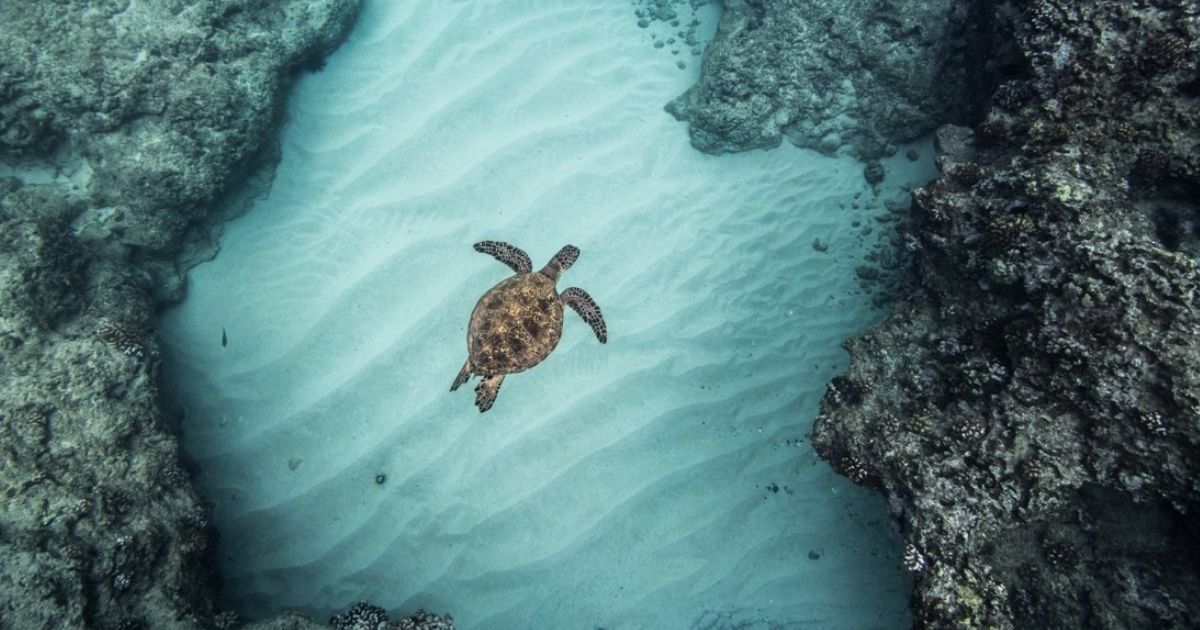Study led by Catarina Frazão Santos sets new course for ocean protection
An article recently published in the journal npj Ocean Sustainability, from the Nature group, proposes a new approach to ocean management and conservation in the face of growing environmental and climate threats. The work is led by MARE researcher Catarina Frazão Santos. 
The research points to innovative ways of linking two key instruments in marine management: marine spatial planning (MSP) and marine protected area (MPA) planning. By exploring how these approaches can be complementary, the study lays the foundations for more effective action in defense of ocean sustainability.
This article is the result of an international collaboration that includes experts from several countries, who urgently need to clarify the distinct roles and functions of MSP and MPAs, which are often confused, advocating integrated and coherent management to tackle the global challenges affecting marine ecosystems.
“Marine spatial planning and marine protected area planning are not the same thing. But both play a fundamental role in the sustainability of the ocean, especially in the context of the current climate and biodiversity crises.” Catarina Frazão Santos told CIÊNCIAS.
Different objectives, a common ocean
Despite sharing territorial principles, MSP and MPA have different objectives. MSP aims to organize the uses of the sea in a balanced and sustainable way, while MPA planning focuses directly on the conservation of nature and biodiversity. Overlapping or misinterpretation of these concepts can lead to duplication of efforts, loss of effectiveness and even conflicts between ocean sectors.
To help clarify this distinction, the study identifies five dimensions that differentiate the two processes:
- Zoning and spatial organization
- Scales of action in time and space
- Participation and involvement of stakeholders
- The ability to adopt a “systemic” perspective
- Explicit consideration of climate change
At a time when global efforts to protect the oceans are intensifying, the study warns that economic growth cannot be promoted at the expense of biodiversity and the health of ecosystems. MSP, while essential, does not replace the role of MPAs in preserving marine habitats and the well-being of the communities that depend on them.
By outlining clear guidelines and proposing a coordinated approach between the two tools, the article offers a new benchmark for policymakers, marine managers and coastal communities seeking balanced solutions for a sustainable, resilient and healthy ocean.
To access the article click HERE
